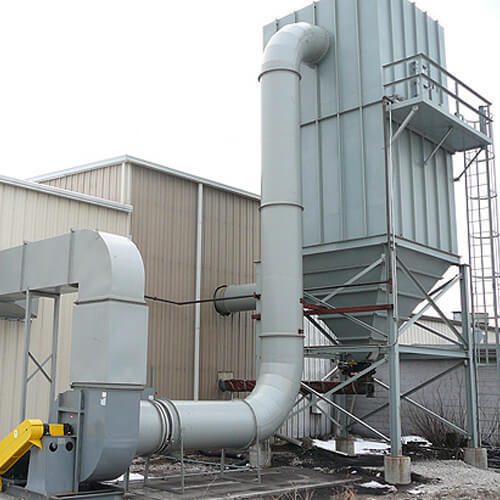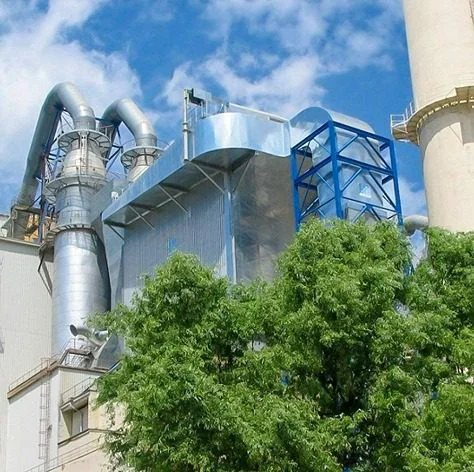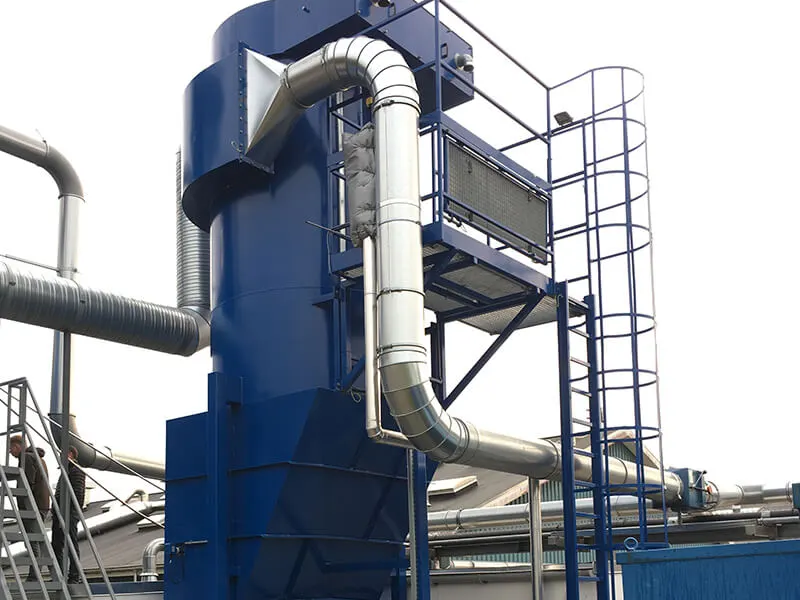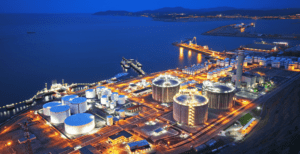Fume extraction systems are engineered solutions designed to capture, filter, and remove harmful fumes, vapors, and airborne contaminants generated during industrial processes. These pollutants—ranging from welding smoke and solvent vapors to chemical gases—pose severe health risks, corrode equipment, and violate global air quality regulations if not properly controlled.
Unlike dust collectors that primarily handle dry particulate matter, fume extractors target gaseous emissions and ultrafine aerosols that can linger in the air long after a process is complete. Whether you’re running a metal fabrication shop, a chemical production unit, or a pharmaceutical plant, effective fume control is essential, not optional.
Why Fume Extraction Is More Than Just Compliance
Many regulatory bodies across the world, including OSHA, EPA, CPCB, and the EU’s Industrial Emissions Directive (IED), mandate strict exposure limits for various airborne pollutants. But fume control is not just about meeting regulations—it’s about long-term operational efficiency, employee safety, and brand credibility.
Poor air quality doesn’t just affect health—it compromises product integrity in clean manufacturing environments, causes premature equipment wear, and invites unplanned downtimes. Studies have shown that inadequate fume control can reduce Hệ thống HVAC efficiency by up to 30% due to particulate loading on coils and filters.
Modern industries are moving toward zero-leakage, energy-optimized, and fully automated air control systems, and fume extraction is a key component of this transformation.
Khám phá các giải pháp của chúng tôi:
Common Industrial Sources of Fumes
Fumes are generated in a wide variety of industrial processes, and each type requires a specific approach for effective control:
Welding and Soldering: Produces metal fumes and gases like ozone and nitrogen oxides.
Xử lý hóa học: Involves volatile organic compounds (VOCs), acid mists, and solvent vapors.
Thermal Cutting and Machining: Releases ultrafine metallic particles and lubricating oil mists.
Pharmaceutical Manufacturing: Generates bioaerosols, APIs, and ethanol-based vapors.
Paint Shops and Surface Coating: Emit isocyanates, solvents, and toxic pigments.
Key Features of a Reliable Fume Extraction System
High-Efficiency HEPA or Activated Carbon Filters: Capture submicron particulates and neutralize hazardous gases.
Flexible Ducting and Extraction Arms: Enable point-of-source capture for high-contaminant zones.
Auto-cleaning Systems: Pulse-clean or reverse air cleaning systems that keep filters efficient.
Explosion-Proof Components: For industries dealing with combustible fumes or solvents.
Energy-Saving Motors & VFDs: Reduce power consumption by adapting airflow in real-time.
IoT Monitoring Dashboards: Provide live insights into filter performance and air quality levels.
Intensiv Filter Himenviro’s Expertise in Fume Control
With over a century of experience and thousands of installations across 40+ countries, Intensiv Filter Himenviro stands at the forefront of industrial air filtration. Our fume extraction systems are custom-designed to match your exact process needs—whether that involves corrosive gases, ultra-fine vapors, or volatile organic compounds.
We don’t just offer equipment; we engineer solutions. Our fume extraction systems are built with:
Material compatibility for high-temperature and chemically reactive environments
Modular construction for easy maintenance and system upgrades
Compliance with ATEX, CE, and global air pollution norms
Integration with BMS (Building Management Systems) for centralized control
From standalone extraction units to centralized multi-point systems, we provide turnkey solutions that scale with your operations and keep your air consistently clean.
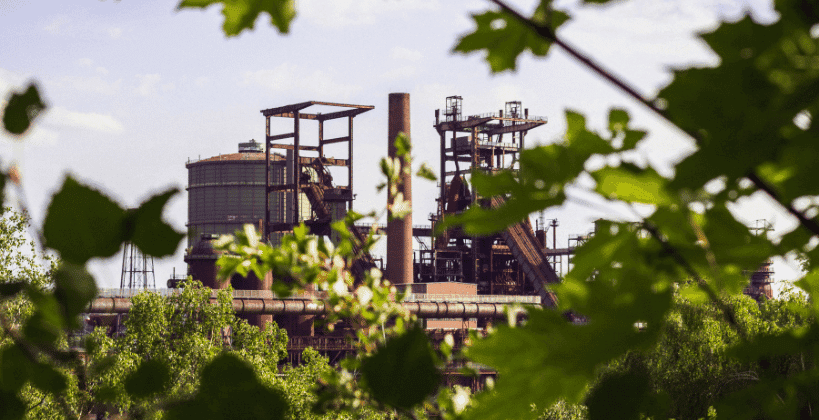
Choosing the Right Fume Extraction System: What to Consider
Selecting the right system involves more than picking a filter. You need to assess:
Contaminant Type & Volume: Organic vapors, acids, metal fumes—each needs specific media.
Yêu cầu về luồng không khí: Based on hood size, capture velocity, and duct layout.
System Resistance: Total static pressure due to filters, bends, and ductwork length.
Maintenance Schedule: Filters, blowers, and sensors must be easy to access and maintain.
Future Scalability: As production expands, can your system grow with it?
The Global Trend: Automation, Safety & Sustainability
Today’s industrial leaders are no longer looking at fume extraction as an afterthought. They demand:
Smart Filtration Systems that self-regulate based on pollutant load.
Eco-friendly Materials that reduce the carbon footprint and are easier to dispose of.
Real-time Alerts that predict filter changes before performance dips.
Integration with Cleanroom Standards in sectors like electronics and life sciences.
Final Word
Industrial air pollution is a problem—but it can be solved intelligently. A well-engineered fume extraction system not only ensures a healthier workspace and regulatory compliance but also becomes a strategic asset in your sustainability and operational excellence goals.
At Intensiv Filter Himenviro, we bring a global perspective, deep process knowledge, and tailored engineering to every project. Whether you’re expanding your facility, entering new markets, or future-proofing your plant for ESG compliance, we’re ready to build your next-generation fume extraction system—efficient, compliant, and built to last.
Let’s build cleaner air, together.

